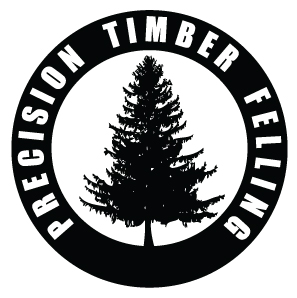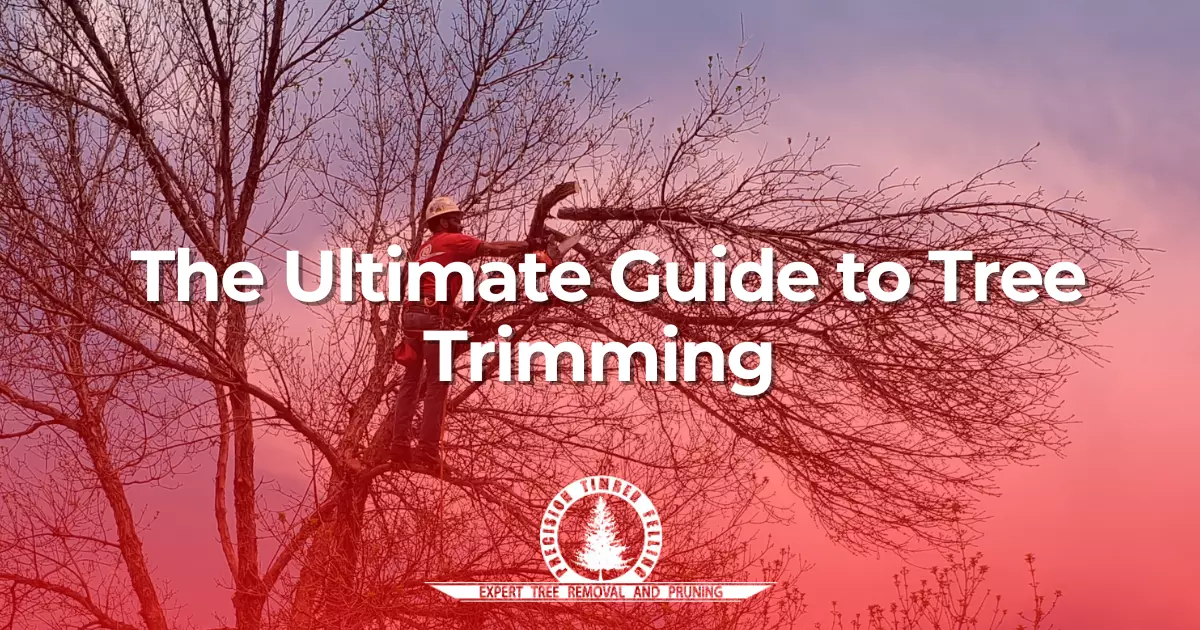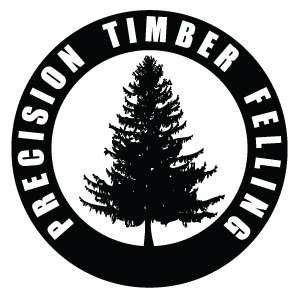The Ultimate Guide to Tree Trimming
Keeping your trees trimmed is essential for maintaining their health and appearance. In our comprehensive Ultimate Guide to Tree Trimming, we’ll explore everything you need to know about tree trimming. From understanding the importance of regular pruning to learning the best techniques for trimming tree branches, this guide covers it all. We’ll also discuss when tree removal might be necessary and how to keep your trees healthy year-round. Whether you’re a novice looking to learn the basics or a seasoned pro seeking advanced tips, this guide has something for everyone. Let’s get started on your journey to beautiful, healthy trees!
What is Tree Trimming?
Tree trimming, also known as pruning, is a fundamental aspect of proper tree care. This involves removing branches to enhance the health, aesthetics, and safety of trees. Whether you’re dealing with deciduous trees, fruit trees, or towering mature trees, regular trimming is crucial for maintaining their vitality and structural integrity.
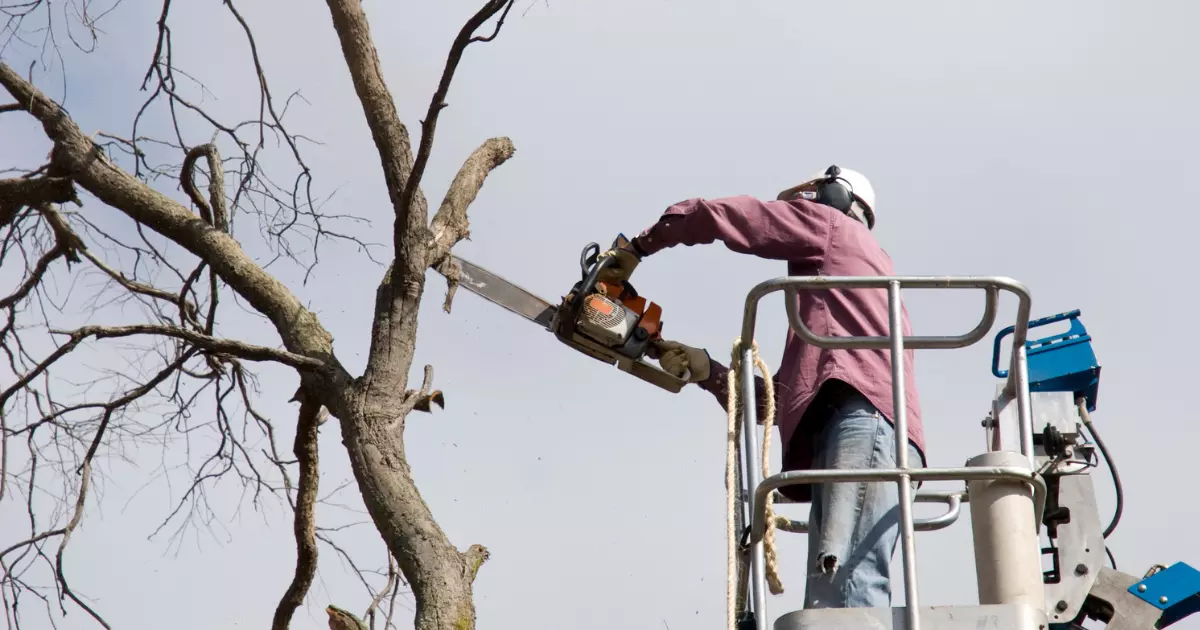
Regular trimming can mitigate safety concerns associated with overgrown trees. By removing branches that pose a risk of falling during storms or high winds, you can safeguard your property and prevent accidents. This is particularly important for trees located near structures like tree houses or power lines.
While tree trimming offers many benefits, it’s essential to approach the task with caution and adhere to safety protocols. For larger trees or those situated in precarious locations, it may be wise to enlist the services of tree services professionals. They should be equipped with the necessary expertise and equipment to handle the job safely.
What are The Benefits of Tree Trimming?
Tree trimming offers a multitude of benefits that contribute to the health, safety, and aesthetics of trees. Plus, their surroundings. By removing branches, tree trimming helps maintain the structural integrity of trees. Let’s delve into five key benefits of tree trimming.
Enhanced Tree Health
Trimming removes dead or diseased branches. This reduces the risk of disease spread and promotes tree vitality. Dead or diseased branches can serve as entry points for pests and pathogens. Preventing infections that compromise the tree’s health. Tree trimming prevents the spread of disease by removing the compromised branches. This encourages the growth of new, healthy foliage.
Improved Safety
Removing overgrown or hazardous branches minimizes the risk of falling limbs during storms. It also reduces potential safety hazards. Tree trimming helps maintain clearances around power lines. This reduces the likelihood of branches interfering with electric service. It can also prevent causing power outages during severe weather events. Moreover, pruning trees near structures such as homes or commercial buildings minimizes the risk of property damage. It also ensures the safety of occupants.
Prevention of Property Damage
Regular trimming prevents branches from encroaching on structures. This minimizes the risk of property damage. This preventive measure reduces branches breaking and falling onto roofs, windows, or vehicles. These can cut the risk of costly repairs or insurance claims. Also, this proactive approach safeguards investments. This promotes peace of mind for property owners.
Aesthetic Appeal
Proper pruning enhances the tree’s appearance by promoting balanced growth and maintaining its natural shape. Trees that are well-maintained through regular trimming present a pleasing landscape. This adds beauty and charm to residential, commercial, or public spaces. Moreover, aesthetically pleasing trees can increase property values and curb appeal. This makes them desirable features for homeowners and businesses alike.
Optimized Fruit Production
Trimming fruit trees encourages the growth of healthy branches and improves sunlight penetration. This leads to higher fruit yields. Proper pruning of fruit trees is essential for maintaining their productivity. It is also essential for maximizing the quality and quantity of fruit produced. Removing dead, damaged, or overcrowded branches is better. Tree trimming redirects the tree’s energy toward developing new growth and fruiting wood. This promotes the formation of healthy, robust branches capable of supporting a larger fruit crop.
What Are The Signs That Tree Needs Trimming?
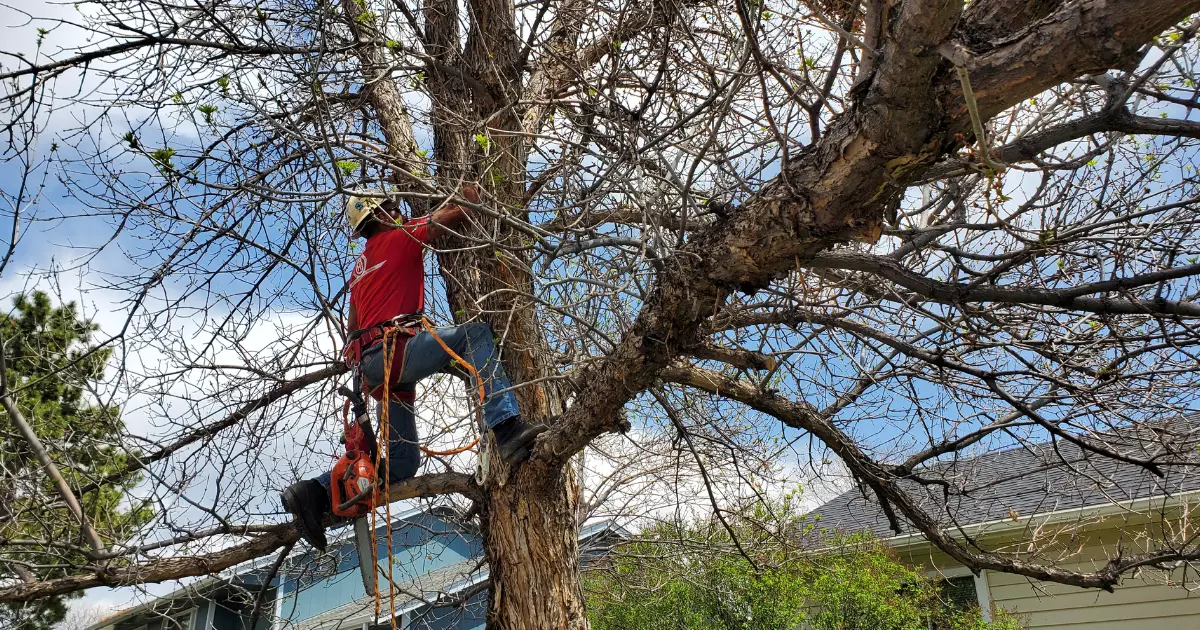
Recognizing when a tree requires trimming is very essential. By identifying early signs of overgrowth or damage, property owners like you can address potential issues. Let’s explore five common signs that indicate a tree may need trimming.
Overhanging Branches
Branches that extend beyond the tree’s canopy and hang over structures, roads, or walkways indicate the need for trimming. Cutting the overhanging branches prevents safety hazards or property damage. Over time, these branches can become heavy and prone to breaking. They pose risks to nearby structures or passersby.
Dead or Diseased Branches
Dead or diseased branches are significant indicators that a tree requires trimming. These branches compromise the tree’s health and pose risks of falling. This makes them prime candidates for removal. Moreover, diseased branches can spread pathogens to healthy trees, impacting the entire ecosystem. Removing these branches through trimming promotes the health of the tree. It also prevents the spread of disease to neighboring trees. This ensures the overall well-being of the landscape.
Read also: Guide to Trimming Oak Trees to Prevent Oak Wilt
Crowded Canopy
Trees with dense, crowded canopies may benefit from thinning to improve air circulation and sunlight penetration. Crowded canopy has a negative impact on neighboring trees by limiting their access to sunlight and airflow. This can lead to increased competition for resources and reduced growth rates. You can improve the health and vitality of the tree itself by trimming it. Also, it creates a more balanced and sustainable ecosystem.
Crossing or Rubbing Branches
Branches that cross or rub against each other can cause wounds and create entry points for pests and diseases. This necessitates pruning to maintain the tree’s structural integrity. The abrasions weaken the tree’s defense mechanisms. It increases its susceptibility to infestations and infections. Trimming away crossing or rubbing branches prevents further damage. It also promotes healthy growth, ensuring the tree remains sound.
Leaning or Unbalanced Growth
Trees with uneven or unbalanced growth patterns may need trimming. For instance, this is to correct their shape and prevent structural weaknesses. Leaning trees are prone to tipping over in strong winds or storms, posing safety hazards. Trimming to remove excess growth or redistribute weight helps maintain the tree’s stability.
What are The Different Tree Trimming Methods?
There are various methods of tree trimming that arborists employ to achieve specific objectives while maintaining the health and aesthetics of trees. Each method targets different aspects of tree care. Professional arborists carefully execute various techniques to prevent irreparable damage. Here are some common tree-trimming methods they use.
Crown Thinning
Crown thinning is a specific technique used in tree trimming and pruning focused on reducing the density of a tree’s canopy. This method involves selectively removing branches and foliage from the tree’s crown. The tree’s crown is the upper part of the tree where the branches grow out from the trunk. Its primary goal is to allow more light and air to penetrate through the canopy and reach the interior branches and the ground below. This improves the tree’s health and the environment around it.
By carefully removing select branches, particularly those that are smaller or weaker, arborists aim to maintain the tree’s natural shape and structure while enhancing its vitality. Crown thinning reduces the stress on selected limbs from wind, weight, and ice by distributing the load more evenly across the tree. This can decrease the likelihood of branch failures which also reduces potential hazards to people and property nearby.
Another benefit of crown thinning is the reduction of shade cast by the tree. This can be particularly useful in landscaped areas where excessive shade could inhibit the growth of grass or other groundcover plants. It also improves the aesthetic appeal of the tree, making it look more balanced and well-maintained.
However, it is a must that crown thinning is carried out with precision. If you use this technique, you should have a deep understanding of tree biology. Over-thinning or incorrect pruning can lead to damage and stress. It increases in weak, fast-growing shoots that can negatively affect the tree’s structure and health. For these reasons, crown thinning is often best left to professional arborists who can assess the tree’s condition and carry out the work safely and effectively.
Crown Raising
Crown raising focuses on removing lower branches. This is to provide clearance for structures, pedestrians, or vehicles while maintaining the tree’s natural shape. Crown raising ensures adequate clearance for structures, pedestrians, and vehicles. Doing so, it preserves the tree’s natural form. This technique is particularly vital in urban environments where trees often coexist with infrastructures. Without proper crown raising, low-hanging branches can pose safety hazards. This can be obstructing pathways or interfering with overhead structures.
Beyond safety considerations, crown raising also plays a crucial role in maintaining the overall health and appearance of the tree. Elevating it allows for improved airflow and sunlight penetration throughout the tree’s crown. This promotes healthier growth and development. It can be done through reducing the risk of fungal diseases and pest infestations. Moreover, enhanced sunlight exposure stimulates photosynthesis, leading to more robust foliage and better overall tree vitality.
In essence, crown raising is a fundamental tree trimming method that combines practicality with aesthetics. Crown raising ensures that trees can thrive in their urban environments. Also, enhance the safety and enjoyment of outdoor spaces for all.
Crown Reduction
Crown reduction involves selectively trimming back the outermost branches of a tree. This technique is typically used to reduce the overall size and weight of the tree’s canopy. This makes it more manageable and less prone to structural issues. By trimming the outermost branches, this helps to redistribute the tree’s weight more evenly. Also, reduces the risk of branch failure and preserves the tree’s structural integrity.
One of the key benefits of crown reduction is its ability to mitigate the risk of branch failure. This decreases the stress placed on the tree’s branches. It makes them less likely to break or fall during storms or high winds. This protects property and individuals from potential damage and prolongs the life of the tree.
Furthermore, crown reduction can improve the overall health and appearance of the tree. This allows sunlight to reach the inner branches and promotes healthy growth. This can help to rejuvenate the tree, encouraging new growth and improving its overall vitality. This is an effective tree trimming method that maintains the health and longevity of trees.
Deadwooding
Deadwooding involves the selective removal of dead or dying branches of a tree. These branches pose significant risks to both the tree and its surroundings. Dead branches can become weak and brittle over time, making them susceptible to breaking and falling. Property owners can prevent potential hazards that can cause property damage or personal injury.
Aside from mitigating safety risks, it also plays a vital role in enhancing the appearance and health of the tree. Dead branches provide entry points for pests and diseases. Furthermore, removing deadwood allows the tree to allocate its resources more efficiently. This ensures healthy growth and its long-term vitality.
This trimming method offers both aesthetic and practical benefits. Regular deadwooding promotes the overall health and longevity of the tree. It ensures it remains a valuable asset to the landscape for years to come.
Pollarding
Pollarding involves cutting back branches to the same point annually, resulting in a dense, knuckle-like growth. This can have several benefits for certain tree species and landscape designs.
One of the key benefits of pollarding is its ability to promote seasonal growth. Pollarding makes trees stimulated to produce new growth each year. This can result in a more compact and uniform appearance. This makes pollarding a popular choice for trees in formal gardens or urban landscapes.
Furthermore, pollarding can help manage the size of trees, controlling the growth of large or fast-growing species. By regularly trimming back branches, property owners can prevent trees from outgrowing their allotted space. This reduces the need for more drastic measures such as tree removal.
It is essential to consult with a professional arborist before implementing this technique, as it is not suitable for all tree species. Also, it may require specific timing and care to ensure the health and vitality of the tree.
Espaliering
Espaliering is a centuries-old technique that offers both practical and aesthetic benefits in tree trimming. It creates a striking visual display while optimizing space utilization in small gardens or urban settings. This method transforms trees into living works of art. Also, it allows property owners to grow fruit trees or ornamental varieties in limited spaces.
Beyond its decorative appeal, this offers several functional advantages. Property owners can easily manage the size and shape of the tree. This makes maintenance and harvesting more convenient. Moreover, the flattened growth habit of espaliered trees increases sunlight exposure to all parts of the tree. This promotes uniform growth and enhances fruit production in fruit-bearing varieties. This technique also facilitates easier pest and disease management. Doing so reduces the risk of issues such as fungal infections or insect infestations.
Root Pruning
Root pruning targets the underground portion of trees to mitigate potential damage to surrounding structures and utilities. Property owners can alleviate pressure on sidewalks, foundations, or underground lines. This minimizes the risk of costly repairs or disruptions. This technique is particularly beneficial in urban areas where trees are planted close to infrastructure.
This is performed with precision to ensure minimal harm to the entire tree. Professional arborists carefully identify and cut specific roots that pose a threat. The tree’s structural integrity is maintained through selective pruning. This reduces the likelihood of instability or uprooting during adverse weather conditions.
Furthermore, this can have long-term benefits for both trees and property owners. You can avoid expensive repairs and potential safety hazards. Also, preserving the health of trees through targeted root pruning contributes to the value of urban landscapes. This method promotes harmony between trees and urban infrastructure.
What Safety Precautions Should You Take During Tree Trimming?
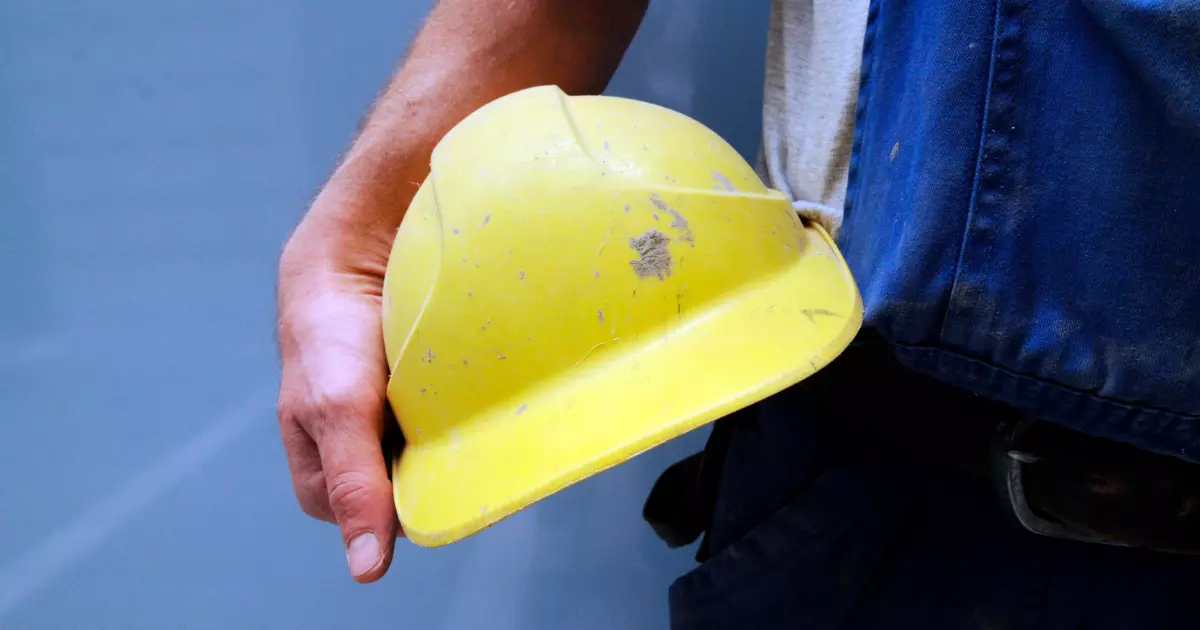
Safety is paramount when undertaking tree trimming to avoid accidents or injuries. Before starting any trimming work, it’s essential to assess the area. Look for potential hazards such as overhead power lines or underground utilities. Proper training and knowledge of different tree species and their growth habits are crucial to ensure safe and effective trimming techniques.
Additionally, wear appropriate personal protective equipment. These include helmets, gloves, and eye protection to minimize the risk of injury from falling debris or branches. It is also important to maintain a safe distance from the tree roots to prevent damage to the tree and surrounding landscape. You can also utilize safety mechanisms such as harnesses and ropes when working at heights to avoid falls or accidents. Adhering to these safety precautions ensures a safe and successful tree-trimming operation.
What are The Advantages of Hiring A Professional Tree Trimmer?
Hiring a professional tree trimmer offers numerous advantages that ensure the health and safety of your trees. These experts possess the knowledge, skills, and equipment necessary to perform tree trimming safely and effectively. Here are some key advantages of hiring a professional tree trimmer.
Expertise
Professional tree trimmers have extensive knowledge of different tree species and their growth habits. This enables them to use appropriate trimming techniques that promote the healthy growth of trees.
Safety
Trained professionals adhere to strict safety protocols. They use specialized equipment to ensure safe and efficient tree-trimming operations. This minimizes the risk of accidents or injuries.
Equipment
Professional tree trimmers are equipped with advanced tools and machinery designed for tree trimming. This allows them to tackle even the most challenging jobs with precision and efficiency.
Time and Cost Savings
Hiring a professional tree trimmer saves time and money. This is by eliminating the need for costly equipment rentals and potential damages often associated with DIY attempts. Additionally, professionals have a timeline to complete trimming projects. This is beneficial if you want to minimize disruptions to your schedule.
Proper Tree Care
Professional tree trimmers care about the long-term health and vitality of your trees. They implement trimming practices that promote healthy growth, reduce disease risk, and enhance aesthetics.
What are Some Common Mistakes to Avoid When Trimming Trees?
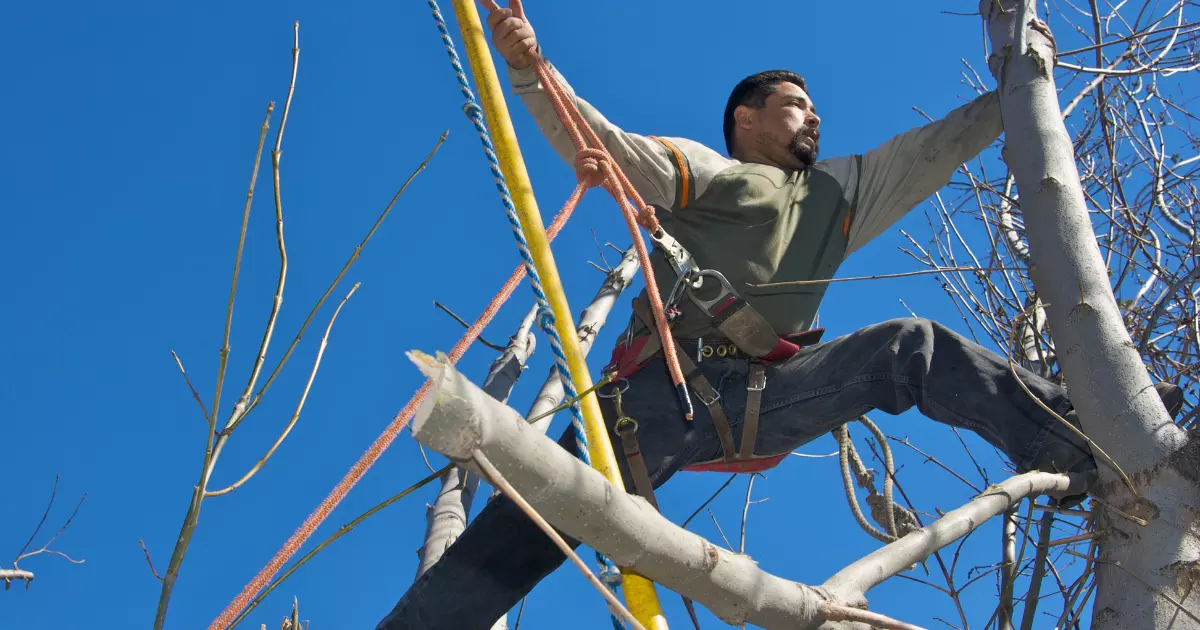
When trimming trees, it’s essential to avoid common mistakes that can compromise the health, safety, and appearance of the trees. By understanding these mistakes and taking appropriate precautions, property owners can ensure successful tree-trimming projects. Here are some common mistakes to avoid when trimming trees.
Topping
Topping involves cutting back large branches into stubs. It leads to regrowth and weakens the tree’s structure. This practice also increases the vulnerability of the trees against disease, pest infestations, and storm damage.
Over-pruning
Over-pruning removes an excessive amount of foliage. This disrupts the tree’s natural balance and reduces its ability to produce food through photosynthesis. When you over-prune, it weakens the tree. Trees become more susceptible to stress, disease, and environmental damage.
Improper cuts
Improper cuts such as leaving stubs or cutting too close to the trunk can damage the tree. Plus, those cuts can create entry points for pests and diseases. It is essential to use proper pruning techniques to cut damage and promote healthy wound healing.
Trimming at The Wrong Time
Trimming trees at the wrong time can stress the tree and impede its ability to recover. Don’t trim trees during the active growing season or periods of extreme weather. The best time to trim trees is during their dormant season.
Neglecting Safety Precautions
Neglecting safety precautions can result in accidents or injuries. Whenever you trim a tree, make sure to use proper personal protective equipment. Secure ladders or climbing equipment when dealing with tall trees. It is important to focus on safety at all times to prevent accidents. Remember that safety precautions always ensure a successful outcome.
What Environmental Considerations Should You Be Aware of When Trimming Trees?
It’s crucial to consider the environmental impact of your actions to minimize harm to the surrounding ecosystem. One important consideration is the potential disruption to wildlife habitats caused by tree-trimming activities. Trees provide essential habitat for various wildlife species including birds, insects, and mammals.
Trimming trees during the nesting or breeding season can disturb nesting birds. Not only birds but other wildlife, causing them to abandon their nests or become displaced. To mitigate this impact, it’s advisable to schedule tree trimming activities outside of the nesting season whenever possible. Conducting thorough surveys can also be done to identify and protect active nesting sites.
Another environmental consideration is the potential for soil erosion and nutrient loss. Removing vegetation, particularly near waterways or on steep slopes, can destabilize the soil and increase the risk of erosion. Tree trimming may also result in the removal of leaves and branches that contribute organic matter and nutrients to the soil. To cut soil erosion and nutrient loss, it is important to implement erosion control measures. These measures include mulching or planting ground cover vegetation. Also, leaving trimmings in place to decompose can help replenish soil nutrients. It supports healthy soil ecosystems.
Furthermore, tree trimming activities can impact water quality by increasing sedimentation and nutrient runoff into nearby water bodies. Soil and debris washed away during trimming can accumulate in streams, rivers, and lakes. This can impair water quality and aquatic habitat. To prevent water pollution, it’s essential to implement erosion control measures. These measures include sediment barriers or silt fences to contain runoff and cut the transport of soil and debris into waterways.
Lastly, avoid using herbicides or pesticides near water bodies. Doing so can help protect aquatic organisms from harmful chemical exposure. By considering environmental factors and implementing mitigation measures, tree trimming can be conducted responsibly. This minimizes negative impacts on the surrounding ecosystem.
Wrapping Up
Tree trimming is a vital aspect of tree care that promotes tree health, safety, and aesthetics. By recognizing the signs that a tree needs trimming, property owners can maintain beautiful, healthy trees. However, it’s essential to avoid common mistakes and consider environmental considerations to ensure the best outcomes for both trees and the environment. By prioritizing precision and care in tree trimming practices, you can enjoy the benefits of well-maintained trees. This preserves the integrity of the natural ecosystem in the long run.
If you are looking for professional tree trimming services that focus on precision and care, consider working with Precision Timber Felling. Our team of experts is dedicated to providing high-quality tree-trimming services that meet your needs and exceed your expectations. Contact us today to schedule our arborist services in Colorado. Experience the difference of working with a trusted professional.
